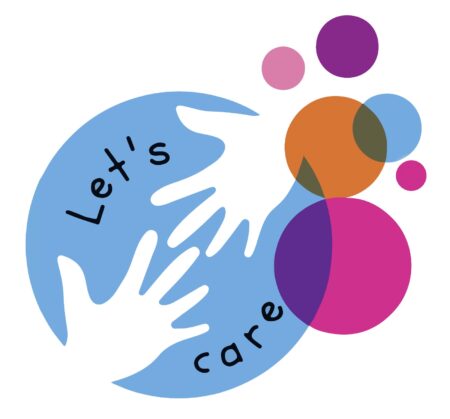Rubric Tool
The rubric is a tool that has made it possible to assess European programmes focused on improving safety in education and tackling learning underachievement.
This tool has allowed us to be rigorous in the identification of these programmes, considering its value and its fit in Let´s Care project. In this sense the result has been a Database with relevant programmes which can offer interesting information about how to implement programmes based on the attachment and bonding dimension with the aim of to prevent or address school failure and/or early school leaving.
For the selection of Let’s Care Programmes we have looked at three questions:
- Does the programme address attachment in order to influence school failure and/or early school leaving?
- How does the programme understand the attachment?
- Does the programme address educational inequity by targeting the most vulnerable population?
Furthermore,the rubric is made up of several categories. Specifically, two criteria and four factors in each criterion, with their respective indicators that allowed us to make the selection.
The criteria and factors of the rubric are the following:
GRADE OF LINK WITH THE PURPOSE LET´S CARE: Educational interest of the programme, with particular regard to its relationship with Let’s Care and the Safe Education Model. Its rating from 0 to 5 points is based on the analysis and weighting of 4 factors with their respective 4 indicators.
- Attachment definition: If the attachment is a central element of the educational proposal, defined as a safe haven for the student and as a factor that promotes his or her autonomy. This definition of bond is also extrapolated to the educational community.
- Attachment execution: It affects the way in which bonding is worked and executed in the educational proposal and the space offered for secure attachment and exploration.
- Purpose: Indicates the extent to which it is preventing or addressing school failure and/or early school leaving, and how close it is to the Let’s Care aim.
- Educational inclusion and equity: Indicates whether the programme/policy addresses the determinants of Let’s Care, recognising and protecting their cultural reality.
GRADE OF EFFICACY/EFFECTIVENESS: Educational interest of the project in terms of the degree of evidence gathered on its impact, its transferability and sustainability, and the achievement of its objectives and achievements. Its rating from 0 to 5 points is based on the analysis and weighting of 5 factors with their respective 4 indicators.
- Grade of evidence on impact (validation and evaluation): Identifies whether the programme/policy has conducted research on its impact. The strength and rigour of the research process and the extent to which the programme has had a quantitative (beneficiaries, drop-out rates) and qualitative (degree of satisfaction of the actors involved, etc.) impact are also recorded. It includes the outcomes, quantitative and qualitative data will be evaluated, assessing the extent to which the proposed educational objectives have been achieved.
- Sustainability and efficiency: It assesses the capacity of the faculty and management teams to ensure the viability of the programme, as well as the networks and partnerships in place and the resources managed.
- Reproducibility and transferability: It assesses the degree to which the results obtained can be transferred to other environments and sustained over time, as well as their potential for transcendence and replicability for other contexts.
- Political relevance:The programme’s advocacy capacity, as well as its alignment with regional, national and supranational policies on children and early school leaving and school failure.
